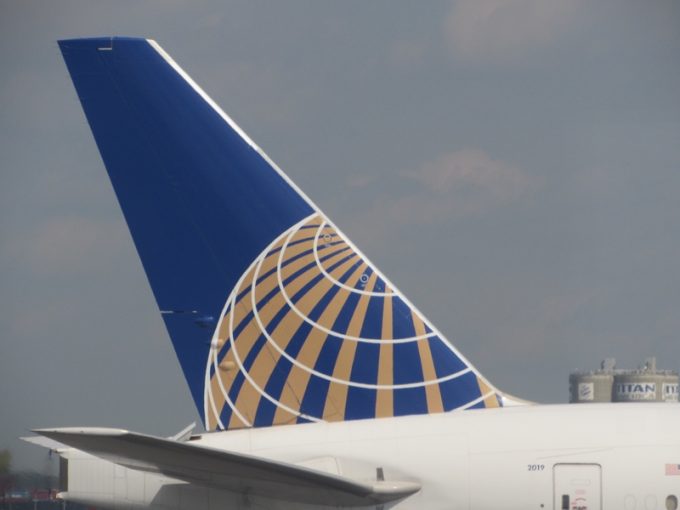Big Three US airline cargo revenues continue to shrink alongside margins and rates
Unveiling its numbers yesterday, American Airlines was the last of the Big Three US passenger ...

US airlines are reluctant to resume China routes they suspended during the pandemic, auguring tight capacity to meet e-commerce demand.
In response to rampant travel demand, airlines have been adding capacity at a brisk clip. The second half of 2023 and January saw double-digit annual growth in cargo capacity driven by a surge in passenger flights that is showing no signs of abating.
However, the US-China sector is only witnessing sporadic expansion, which threatens to fall short of cargo demand.
This month the US Department of Transportation (DoT) granted waivers to American Airlines, Delta and United Airlines to keep flights to China suspended for another 90 days.
With the collapse in travel between the two nations since the outbreak of Covid, the DoT has been giving 90-day waivers which permit airlines not to resume routes without fear of losing the traffic rights.
In their submissions for waiver extensions, American and Delta argued that travel demand remained at levels too low to make operating those routes viable.
The DoT granted waivers for 14 flights by American Airlines, 32 by Delta and 49 by United Airlines and, as a result, bellyhold capacity between the US and China is only a fraction of what was available before the pandemic.
Pre-Covid, carriers were permitted to operate up to 340 flights a week between the two markets. Current restrictions limit this to 100, but only a fraction of that potential is being used. This month, passenger capacity fielded by the big three US airlines to China is 79% lower than it was in 2019.
This is in stark contrast with their developments elsewhere. Following a massive expansion of international flying in 2023, United Airlines (UA) is adding flights to Marrakesh and Medellin, and a Tokyo-Cebu route, and boosting frequency on its routes to Seoul and Porto.
In late August UA will add four weekly flights to the Los Angeles-Shanghai route, which is earmarked for expansion to daily service by late October. That month will also see the addition of a second daily UA service between Los Angeles and Hong Kong, supplementing the carrier’s two daily HK flights from San Francisco.
With 134 destinations in 67 countries, UA claims to running be the largest and most diversified international network of all US airlines.
The lack of flight recovery on the US-China sector is bad news for forwarders, especially those handling e-commerce. The rapid expansion of fast fashion shipments by the likes of Temu and Shein requires belly capacity growth to bring down rates to levels that work for low-margin merchandise, noted Brian Bourke, chief commercial officer of Seko Logistics.
While bellylift between China and the US is growing at snail’s pace, China’s largest passenger airline has announced plans for a mid-April launch of China Southern Airlines (CSA) twice-weekly flights between Shenzhen and Mexico City.
The route will be one of the longest on the planet, and the furthest destination from China. Moreover, the altitude of the Mexican capital means aircraft cannot take off with a full payload, so CSA will add a ‘tech stop’ in Tijuana.
Before suspension, CSA ran its service from its Guangzhou hub to Mexico City via Vancouver.
Observers see the route as a reflection of increasing trade between China and Mexico, which grew 38% between November 2022 and the same month last year. A number of Chinese manufacturers, including suppliers to Tesla, have set up production facilities in Mexico in response to the near-shoring trend.
It has also been noted that the choice of Shenzhen, rather than the CSA hub in Guangzhou, might be related to leading Chinese electric vehicle manufacturer BYD being based in Shenzhen, and which has been looking to boost its international sales in response to fierce competition in the domestic market.
Cathay Pacific has also upped its presence in Mexico, running up to eight weekly freighter frequencies to the market.
Meanwhile, China Cargo Airlines is poised to start three weekly B777 freighter flights from Shanghai to Miami. Originally this was supposed to start in January, but was pushed back to April.
At least freighter capacity between China and the US looks set to rise, although the new China Cargo service will likely aim a chunk of its capacity at connections to Latin America. Much needed belly capacity between the US and China is not poised for a significant increase.
Comment on this article